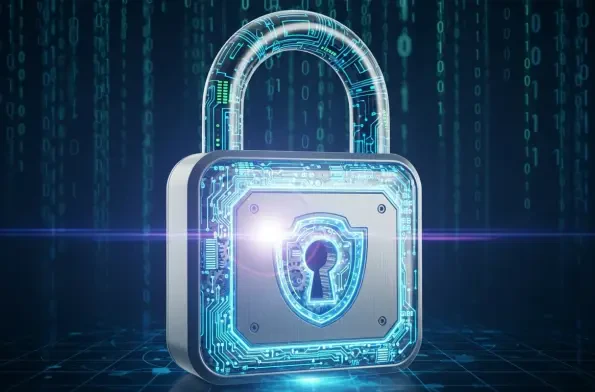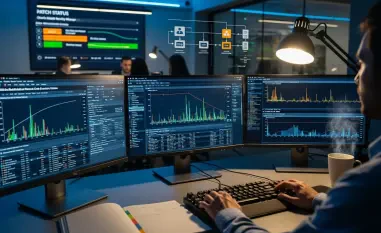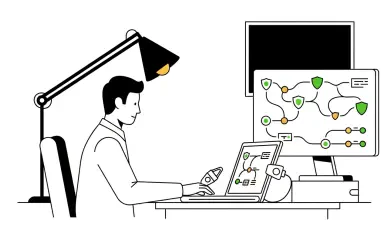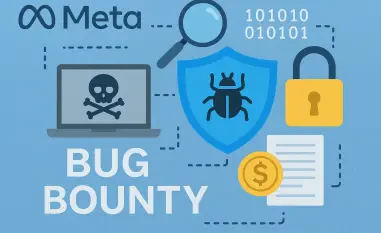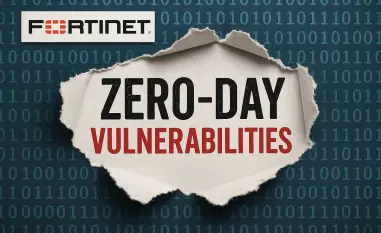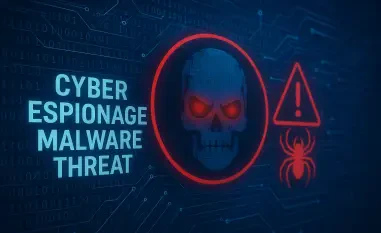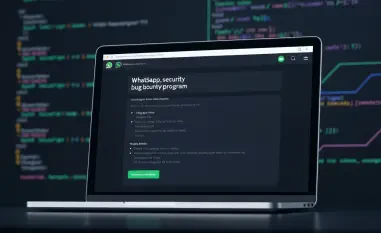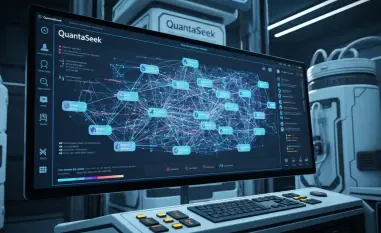In an era where software underpins nearly every facet of modern life, from critical infrastructure to personal communication, the stakes for securing applications have never been higher, with cyber threats evolving at a pace that often outstrips defensive measures. This year’s CodeSecCon, held virtually on August 12-13, emerged as a beacon for professionals navigating this treacherous landscape. Bringing together security leaders, engineers, and DevOps experts, the event provided a platform to dissect the most pressing challenges in application security (AppSec). With sessions now accessible on demand, the conference offers a deep dive into persistent vulnerabilities, emerging risks, and innovative strategies. It’s a critical moment for the industry to reassess whether current practices can keep up with rapid technological advancements and increasingly sophisticated attacks, setting the stage for a transformative dialogue on the future of software protection.
Emerging Threats and Innovations in AppSec
Navigating the Speed of Development and Sophisticated Attacks
The accelerated pace of software development stands as one of the most significant hurdles in securing modern applications, a theme that resonated deeply throughout CodeSecCon. Speakers emphasized that as organizations push for faster releases to stay competitive, the window for thorough security checks often narrows, leaving gaps that attackers exploit with alarming precision. Notably, the rise of AI-powered attacks has introduced a new layer of complexity, with adversaries leveraging machine learning to craft highly targeted threats. Clinton Herget from Snyk pointed out the persistent shortcomings in AppSec practices, such as inaccurate static testing and poor risk prioritization, which fail to address these evolving dangers. This mismatch between innovation and security readiness poses a fundamental question for the industry: how can defenses evolve at the same rate as the threats they aim to counter? The urgency to bridge this gap was palpable, with discussions centering on the need for more dynamic and responsive security frameworks.
Beyond the speed of development, the software supply chain emerged as a critical vulnerability that demands immediate attention. A striking revelation came from Adam La Morre of Chainguard, who highlighted a pervasive flaw in the discrepancy between published open-source packages and their upstream sources. This hidden risk affects countless applications, often going unnoticed until a breach occurs. The implications are staggering, as even well-intentioned developers may inadvertently introduce compromised components into their systems. The conference underscored that addressing supply chain security requires not just technical solutions but also a cultural shift toward greater transparency and accountability. By fostering collaboration across the ecosystem, from developers to vendors, the industry can begin to mitigate these risks. This session served as a stark reminder that securing software is no longer just about code—it’s about understanding and safeguarding the entire pipeline from inception to deployment.
AI as Both Ally and Adversary
Artificial Intelligence (AI) took center stage at CodeSecCon, framed as both a transformative tool and a formidable threat in the realm of software security. Anupam Chansarkar of Amazon delved into the vulnerabilities introduced by Large Language Model (LLM) hallucinations, where AI systems generate misleading or incorrect outputs that attackers can exploit. The proposed solution of cross-verification offers a practical way to mitigate these risks, ensuring that AI-driven processes are not blindly trusted. This duality of AI’s role in security—capable of enhancing defenses while simultaneously opening new attack vectors—was a recurring theme. The discussion revealed a pressing need for robust guidelines to govern AI integration, balancing its potential to streamline security tasks with the inherent dangers it poses when misused or misunderstood by either defenders or adversaries.
Complementing this perspective, Nikhil Kassetty presented a DevSecOps framework designed to safely incorporate AI into application development, emphasizing structured oversight to prevent unintended consequences. Meanwhile, David Burns of BrowserStack explored the security implications of AI agents under the Model Context Protocol (MCP), focusing on their autonomous capabilities and the risks they introduce if not properly managed. These insights collectively painted a picture of an industry grappling with AI’s double-edged nature. The consensus was clear: while AI holds immense promise for automating threat detection and response, it must be approached with caution to avoid creating new vulnerabilities. This nuanced understanding of AI’s role signals a maturing perspective within the AppSec community, one that prioritizes cautious innovation over unchecked adoption.
Strategies for Scalable and Adaptive Security
Modern Architectures and Real-Time Defenses
As software architectures grow increasingly complex, scaling security to match these environments has become a paramount concern, a topic thoroughly explored at CodeSecCon. Hitesh Subnani of Amazon discussed the importance of code-to-cloud visibility, advocating for enhanced feedback loops that allow teams to identify and address vulnerabilities at every stage of the development lifecycle. This approach ensures that security is not an afterthought but an integral part of the process, embedded from initial coding to final deployment. The emphasis on visibility reflects a broader trend toward proactive rather than reactive measures, acknowledging that modern systems—spanning multiple platforms and environments—require a holistic view to remain secure. Such strategies are essential for organizations aiming to protect sprawling digital ecosystems against an ever-widening array of threats.
In parallel, innovative technologies are reshaping how defenses are deployed in real time, offering hope for more resilient systems. Manas Sharma of Google introduced machine learning-driven database defenses that adapt to threats as they emerge, providing a dynamic shield against attacks that traditional methods might miss. Similarly, Vaishnavi Gudur of Microsoft showcased AI-powered web security tools capable of immediate threat detection and response, minimizing the window of exposure during an attack. These advancements highlight a shift toward adaptive security solutions tailored to the unique challenges of scalable architectures. By leveraging cutting-edge technology, organizations can stay one step ahead of attackers, ensuring that defenses evolve alongside the systems they protect. This focus on real-time, intelligent responses marks a significant step forward in the quest to secure modern applications.
Cultural Shifts and Compliance as Security Tools
Beyond technology, CodeSecCon emphasized the human element in securing software, advocating for cultural shifts within development teams. Boomie Odumade stressed the importance of behavior-focused training to instill a security-first mindset among developers, arguing that technical tools alone cannot address the root causes of vulnerabilities. This perspective shifts the focus from merely implementing solutions to fostering a deeper understanding of security’s importance at every level of an organization. By prioritizing education, companies can empower their teams to make informed decisions, reducing the likelihood of errors that lead to breaches. This approach underscores that lasting security requires a fundamental change in how developers view their role in safeguarding applications.
Equally critical is the reframing of compliance as a strategic asset rather than a burden, a concept championed by Michael Lieberman of Kusari. By viewing Software Bill of Materials (SBOMs) as actionable tools, organizations can gain deeper insights into their software components, enhancing overall security posture. Additionally, Dwayne McDaniel of GitGuardian addressed the often-overlooked attack surface of non-human identities in enterprise systems, calling for robust safeguards to protect these access points. Together, these insights reveal a multifaceted strategy that combines policy, training, and technical measures to build a more secure future. The discussions highlighted that compliance and culture are not separate from technology but are integral to creating a comprehensive defense against evolving threats.
Reflecting on a Path Forward
Looking back, CodeSecCon stood as a defining moment for the software security community, offering a clear-eyed assessment of where the industry stands and the challenges that lie ahead. The event brought to light persistent gaps in AppSec practices, the complex role of AI as both a boon and a risk, and the necessity of scalable, adaptive defenses for modern architectures. These conversations underscored an urgent need for collaboration across technical, cultural, and regulatory domains to address the sophisticated threats of today. For those invested in protecting applications, the insights from this conference provided a roadmap for navigating an increasingly perilous digital landscape, urging a blend of innovation and vigilance as the way forward.
